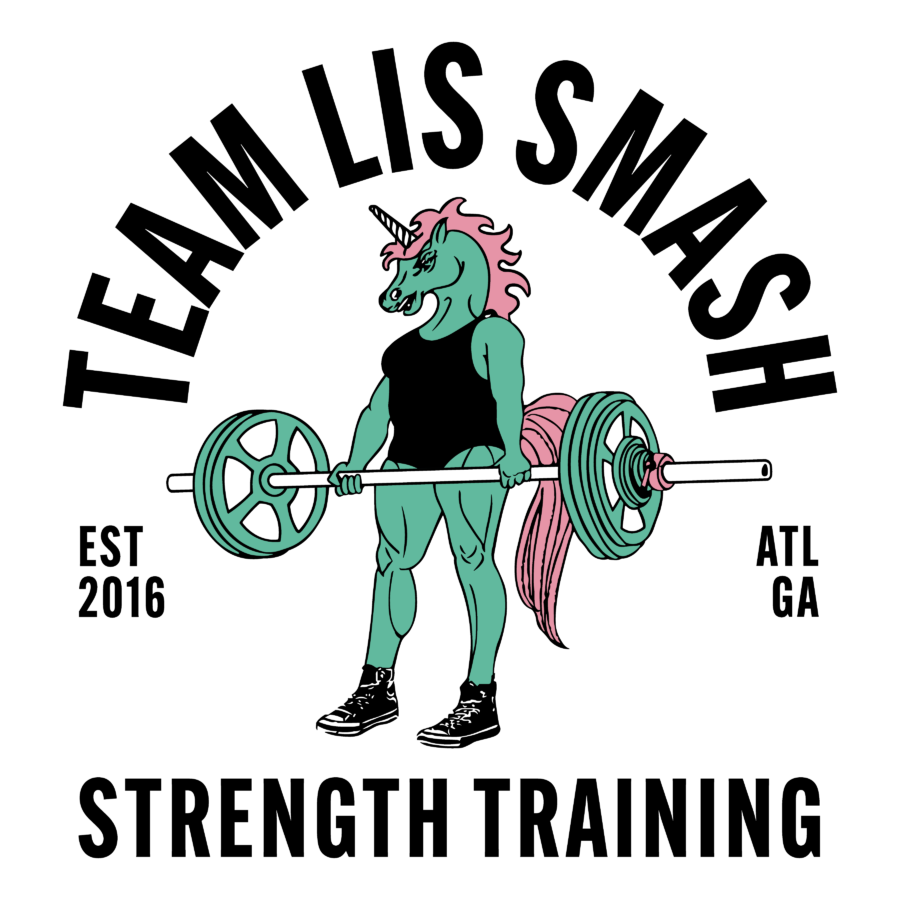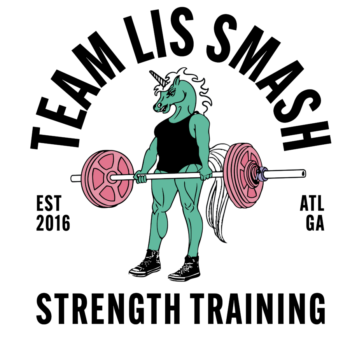My family recently moved within Atlanta, from a big house with lots of space we didn’t need or use, to a home less than half its size.
A few months before we moved, while making plans to buy a home, Jeff and I decided we’d rather rent for another year, get rid of a bunch of stuff, downsize and save for a down payment.
We’d lived together for 3 years but still had duplicates of lots of items – 2 crockpots, 2 dining room tables & 8 chairs, 2 couches, 2 arm chairs. All this crap for 2 humans (and 1 monster dog who thinks she’s human).
In January, we started to watch The Minimalists documentary on Netflix.
But … how do I say this nicely?
Oh who cares, they aren’t reading this.
Those dudes are not for me.
My anxiety had gotten worse over the past few months and then I had health scare.
I recently saw a neurologist and I am recovering now from either nerve damage or pernicious anemia. (More to come in a future post).
I’ve battled anxiety and obsessive tendencies for my whole life, and yet had never tried clearing my physical clutter to help calm the mental chaos.
Just ask any of my former roommates about ALL THAT CLUTTER… especially the girls I lived with in college.
Sorry ya’ll.

Skanks for the Memories
A few years ago, my friend Jasmine posted on Facebook about her discovery of the 333 Project. It’s a minimalist fashion challenge started in 2010 by blogger Courtney Carver, which challenges readers do dress with 33 items or less for 3 months.
OH HOLD UP JASMINE. That’s aggressive.

Strongest Wedding NOLA’s ever seen
But she planted a seed, and although I didn’t act on it right away, I came back around to the Project in February.
I didn’t make the transition down to 33 items right away,
(I still haven’t. I am getting there)
BUT I did take inventory of my closet and how many of each item I owned: tshirts, tank tops, dresses, jeans, shorts, leggings.
Then I got rid of half of it.
I donated it to the Lost-n-Found Youth Thrift Store, which benefits homeless LGBTQ+ youth around Atlanta.
Clearing clutter has helped reduce my anxiety* and given me more peace.
*Full transparency: the things that have helped my anxiety most are seeking help from professionals & cutting out booze. I see a counselor and a psychiatrist regularly, which I realize are privileges not everyone can afford. But can you afford to invest more time in self-care? Sleep more. Drink more water. Cut out an unhealthy habit.
Then at the end of February, my dad died.
Holy shit, good thing I was already working on mental health and self-care.
But nothing could have prepared me for such a loss.
I travelled home immediately to be with my Mom. To take care of her. To make sure she was eating. And to help around the house.
Hey Lis, what about you?
NEWSFLASH: I have this tendency to care for everyone around me, but not always care for myself.
I remembered an old blog post I wrote for The BIZ when I owned CrossFit Midtown, called “You are Your First Client.”
Time to get my shit back together.
In the weeks following Dad’s death I aimed for 1 strength training session per week plus a daily walk. Now I’ve increased that to 3 lifting sessions per week. I’m lifting at Pull for Pride in June, a deadlift showcase started by the Women’s Strength Coalition to raise money around the US for LGBT+ Youth.
Focusing only on one lift for my next “game day” has really helped me to not get overwhelmed with my training, and stick to the plan.
Just get to the gym regularly. And yes, when life’s shit hits the fan, once a week still counts as “regular”. While training, take a moment for gratitude, to be thankful to yourself for investing the time to train and to your body for allowing you to move.
The idea of meal prep and planning and logging all my macros is too much for me right now. So I’m focused only on my daily protein goal. Eventually, I may have the desire to lock down my nutrition further, but for now, eating 150 grams of protein per day is enough.
Eat enough to fuel your body. If you’re strength training, you need between .8-1 gram of protein per pound of bodyweight. Don’t rush through your meals. Take the time to enjoy your food. Be grateful that you have food to eat, and thank yourself for taking the time to stop and eat.
I’m also focused on daily routines that include meditation and continuing education.
I am writing more, and making time for what’s important to me.
If you want to read more about simplifying your home or your life, here are a few books I really enjoyed:
-The Year of Less
-Essentialism: The Disciplined Pursuit of Less
-Goodbye, Things: The New Japanese Minimalism
-Minimalism: The Less is More Lifestyle
On a similar path? Which resources have been most helpful to you?
What parts of your daily routine are most important to you?
Let me know in the comments below.
xoxo
Lis Smash

